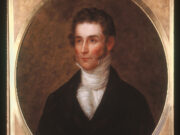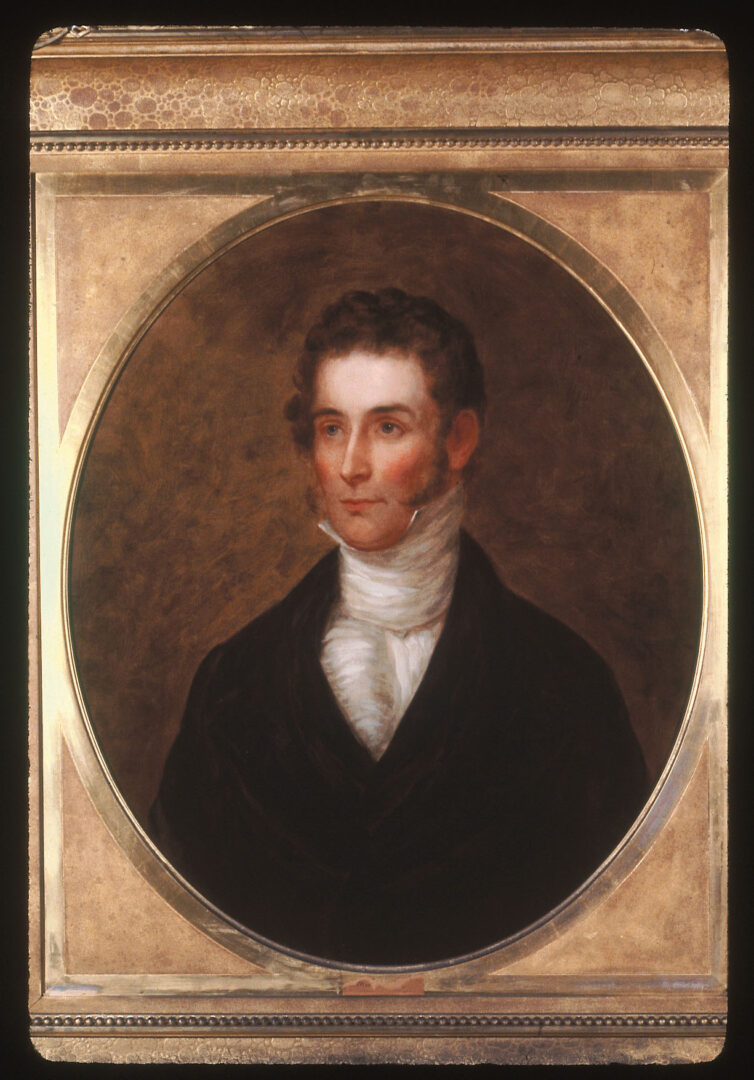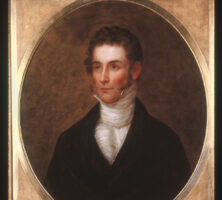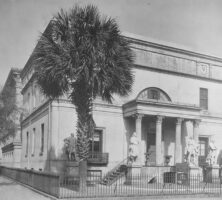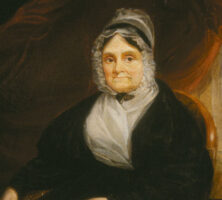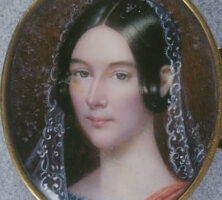The Telfair family of Savannah was one of the most prominent in Georgia during much of the eighteenth and nineteenth centuries. The family patriarch was Edward Telfair, one of many Scotsmen who settled in Georgia during the colonial period. Today the family mansion in Savannah houses Telfair Museums, which opened in 1886.
Edward Telfair
Edward Telfair was born in 1735 on his family’s ancestral estate in Scotland and in 1758 set sail for the English colonies with his brother William Telfair and a cousin. He settled first in Virginia, where he represented a Scottish mercantile firm, and then moved to North Carolina. In 1766 he finally joined William in Savannah, where the brothers formed a partnership with Basil Cowper, another Scotsman. Telfair eventually became one of the most successful merchants in colonial Georgia, in addition to being a planter and keeping multiple enslaved workers. He also had a water-driven sawmill in Burke County, which was supplied from his vast holdings of timberland.
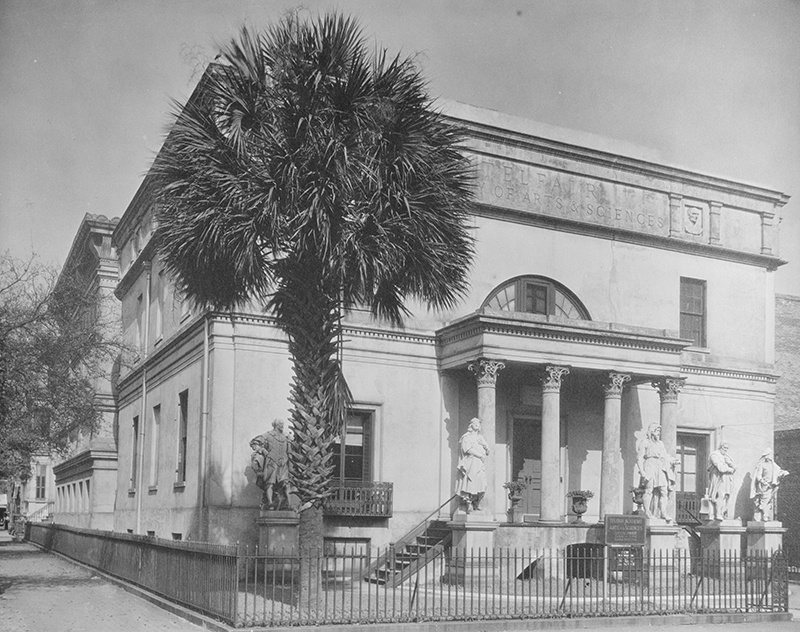
Telfair was a patriot in the Revolutionary struggle against England’s King George III and was a member of the Sons of Liberty. During 1774 and 1775 he attended meetings held in Savannah at Peter Tondee’s tavern, where revolutionaries organized and formed strategies for asserting their independence from Great Britain. In May 1775, when news of the Battles of Lexington and Concord reached Savannah, Telfair joined with other Liberty Boys to break into the royal magazine and make off with 600 pounds of powder.
Telfair served in the Continental Congress from 1778 through 1785, during which time he was one of the signers of the Articles of Confederation. As a rebel against the British crown, he was declared guilty of high treason in a bill of attainder passed in 1780. Telfair was elected governor of Georgia by the legislature in 1786 for a one-year term, and he served again as governor from 1789 through 1793.
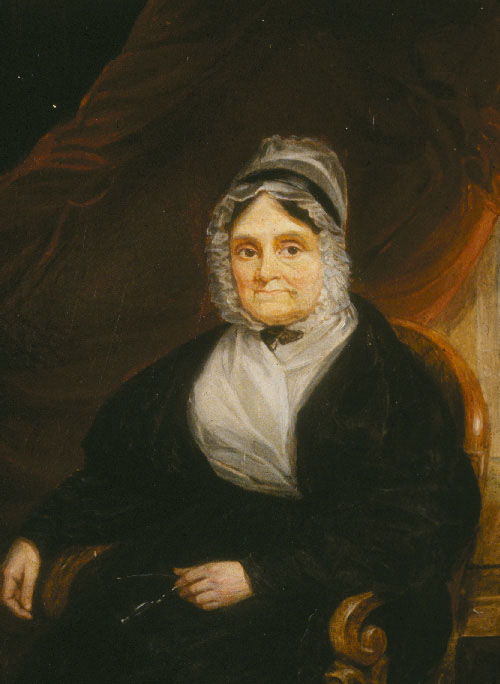
Telfair married Sarah Gibbons in 1774, a year when revolutionary fervor was at its height in Savannah. Telfair was almost forty, and his bride was a girl of sixteen. The Gibbons family was one of the most distinguished in the Georgia colony and extremely wealthy. Sarah’s father, William Gibbons, was born at Bear Bluff in South Carolina in 1726, some seven years before James Oglethorpe first sailed up the Savannah River.
Telfair’s Descendants
Edward Jr., the first child of Edward and Sarah Telfair’s to survive infancy, was born in 1780 while his father was serving in the Continental Congress. Three more sons were born in succession: Josiah in 1784, Thomas in 1786, and Alexander in 1789. These sons, unlike Edward Jr., who died in his teens, would become men of considerable prominence. The Telfairs also had three daughters. Mary was born in 1791, Sarah in 1792, and Margaret in 1797. Josiah, Thomas, and Alexander Telfair received academic training in the North, as did many wealthy young men from Savannah, and graduated from the College of New Jersey (later Princeton University). Josiah and Thomas Telfair went on to receive legal training at the highly regarded law school founded by Tapping Reeve in Litchfield, Connecticut. The Telfair girls also studied in the North.
When Edward Telfair died in 1807, it was incumbent upon his sons to carry on the family business. As the eldest, Josiah Telfair took the lead in managing his father’s estate. He spent most of his time at his plantation and took little interest in the social life of Savannah. Thomas Telfair, a lawyer and planter, was the only one of the Telfair brothers to marry. He had a passion for politics, and he and his brothers were Jeffersonian Republicans. Like their father, the Telfair men had no use for the Federalist Party and its philosophy of a strong central government. Thomas Telfair was elected to the U.S. Congress in 1813 and served in that body until 1817. Josiah Telfair died in 1817 at the age of thirty-two, and Thomas Telfair died eleven months later, at age thirty-one.
Telfair Mansion and Social Circle
Following the deaths of his older brothers, Alexander Telfair became the head of the family at the age of twenty-nine, and the family’s plantations and mercantile operations became his responsibility. He owned a choice lot, located on Savannah’s St. James Square, that had once been the site of Government House, home of the royal governor James Wright. Telfair decided to build a mansion there that would be suitable for himself, his three unmarried sisters, and his mother. The architect William Jay designed the structure, which was completed in 1819, and the mansion later became the centerpiece of the Telfair Academy of Arts and Sciences, the first public art museum in the South.
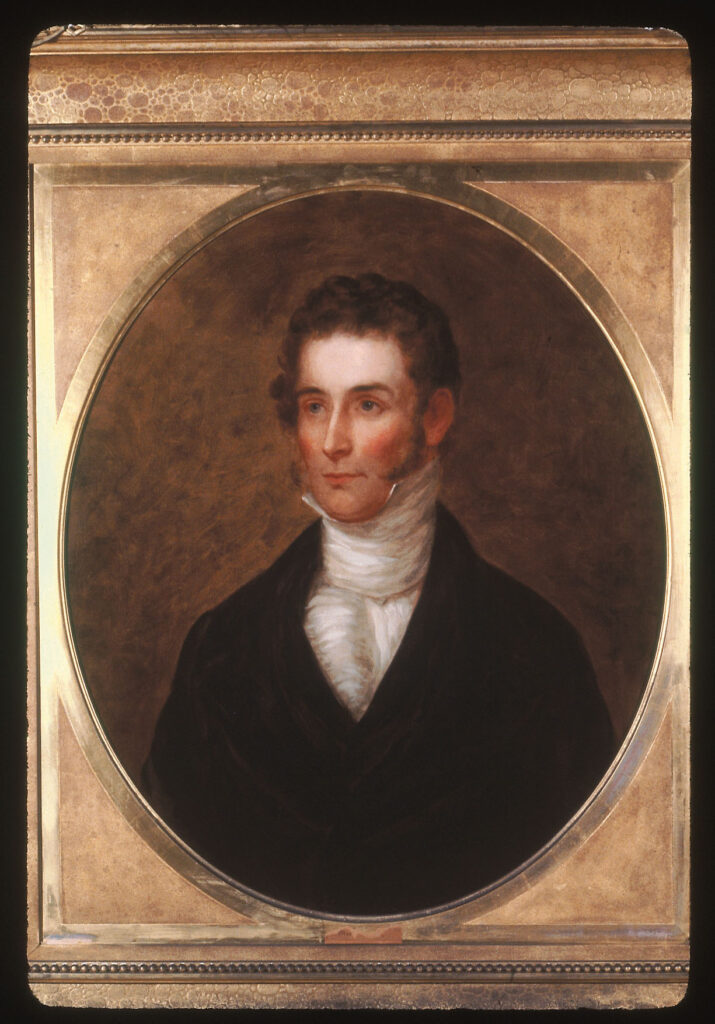
The Telfairs were members of a coastal aristocracy, an elite circle of urban southerners who felt as much at home in the drawing rooms of New York City and Philadelphia, Pennsylvania, as in the parlors of Savannah and Charleston, South Carolina. The family spent each summer in the North as part of the social set that dominated Ballston Spa and Saratoga Springs, New York, and Newport, Rhode Island. Their mother, Sarah Gibbons Telfair, died in 1827 in Philadelphia. Alexander Telfair died in Virginia in the fall of 1832 on his way home from summering up north. The Telfair sisters made four trips abroad, the first in 1841. It was in Paris during this tour of Europe that Margaret Telfair met the scholar and diplomat William Brown Hodgson, the man she would marry in London, England, in 1842.
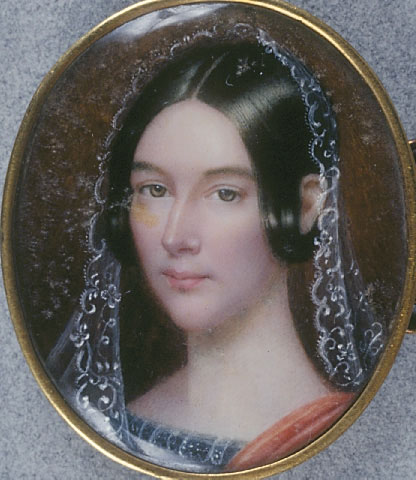
William Hodgson moved into the mansion on St. James Square with his wife and her two sisters. Sarah Telfair, who had been in ill health, died in 1845. Hodgson died in 1871 after living through Union general William T. Sherman’s occupation of Savannah and the indignities of Reconstruction. His widow, Margaret, died in 1874. Mary Telfair, who never married, died in 1875. It was she, the last to bear the Telfair name, who left the family mansion to the Georgia Historical Society for the purpose of establishing the Telfair Academy of Arts and Sciences.


